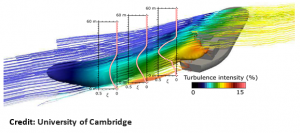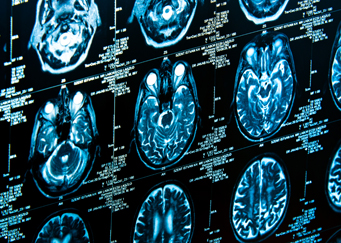Simulating combustion processes in marine engines to reduce carbon footprint
The drive for enhanced energy efficiency, lower pollution and decarbonisation in the marine sector is increasing in pace and importance worldwide. For Singapore, energy use and pollution from the marine sector has significant impact on this vital economic sector due to the large number of ships plying Singapore’s waters and producing harmful emissions that could affect local air quality. Better use of fuels, alternative low-carbon fuels, fewer polluting engines and clean-up systems are of vital importance in mitigating the environmental burden from shipping.
Savvas Gkantonas, a PhD student at the University of Cambridge and a research intern at Cambridge CARES (Centre for Advanced Research and Education in Singapore) is working together with Shrey Trivedi and Prof. E. Mastorakos from the University of Cambridge and Cambridge CARES to tap on NSCC’s compute resources to study the various aspects of fuel utilisation in shipping, mainly the flow and combustion inside marine engines and the clean-up of the engine emissions. Using Computational Fluid Dynamics and advanced turbulent reacting flow theory, the team is exploring a wide range of physical phenomena occurring between the nano and the kilometre scale.
 The flow and combustion inside marine engines are simulated with high-fidelity Large-Eddy Simulations and detailed chemistry with special focus on the pollutant generation. The simulation tools to be developed will allow the effects of alternative fuels and of fuel additives to be assessed.
The flow and combustion inside marine engines are simulated with high-fidelity Large-Eddy Simulations and detailed chemistry with special focus on the pollutant generation. The simulation tools to be developed will allow the effects of alternative fuels and of fuel additives to be assessed.
“The role of high performance computing in this project is indispensable as our simulations require extensive use of compute nodes with a significant amount of memory and can only be executed via massively-parallel resources. The performance of the supercomputer is also critical for the execution of our codes as it can offer significant benefits in speeding up the research and increasing productivity,” said Savvas.
With increasing concern in local air quality in the Port area, the clean-up of the engine emissions is a significant industrial activity for Singapore companies. Tools that can predict the emissions and their dispersion from shipping will facilitate enforcement and allow more informed policy decisions. Detailed simulations of the flow and dispersion of ship plumes in the vicinity of the ship’s infrastructure and the port’s structures will be made, including unsteady turbulent flow and chemical reactions in the plume. These results will allow low-order physics-based models to be developed for the use by various stakeholders such as ship operators, port authorities, environmental agencies and ship builders.
To find out more about how NSCC’s HPC resources can help you, please contact [email protected].
NSCC NewsBytes August 2020





